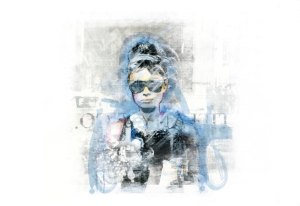Mary Quant – Modernist Genius
MARY QUANT’s success came from being the empathetic, inspired, daughter of two first class honours graduates from 1930s Modernist Cardiff University. She also could not find clothes she liked for herself in 1950s London!
When I met her colleague, David Wynne Morgan, (Hill & Knowlton) in 2008, before he started to talk about MQ he said one word, “Genius.” So I was well tee’d up to write, ‘Mary Quant and the JC Penney blockbuster.’ “Fashion, Media, Promotion,” 2009.
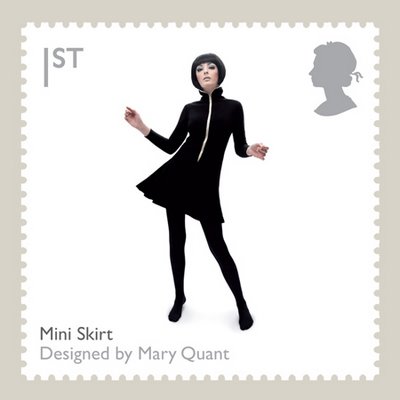
Mary Quant fascinates people as people fascinated Mary Quant. Fashion feeds from her fervour, her love of fun and clothes. The industry admired her because she understood its strategies. Yet it was the British Post Office, which signalled her greatness; putting a little black dress on one of a series of stamps, celebrating 50 years of Modern design in 2009. No one was more surprised than Mary Quant when she found herself in the company of celebrated 20th century Modernists.
Successful at the promotion of Fashion, like Westwood coming from Art and not Couture, she was seen as innovator rather than designer. She refused to take credit for the mini-skirt, knowing it was, partly, from the street and that everyone, including André Courréges, was hacking away at hemlines in the Sixties. It is the impulse towards Modernism, which gave her the power to transform lives through Fashion; its optimism informed her biography and continued to inspire her thinking.

“Where glamour and romance meet”
VIVIENNE WESTWOOD was a feminist, a revolutionary, a perfectionist, a silversmith, an innovator and an iconoclast.
She wanted her clothes to be seen, not as hers, but as belonging to and being worn by, ‘beautiful women.’
Her fashions have a transformational quality; they carry symbols, they provoke intellectual consideration.

NOTES from Claire Wilcox’s V&A superb solo exhibition video, 2008.
Westwood spent a lifetime teaching and learning. Anyone watching was in for a treat; hearing gentle, educated Derbyshire voice sharing newly minted ideas next to VW’s curated art. I was in heaven.
She experimented….’using very high heels, to lengthen legs, immediately, and round the bottom, the waist and top half of the body, ‘the thorax,’ is made to look tiny. Then, with a décolletage created using corseting techniques, from 200 years ago, and beautiful tight tailoring, the silhouette resembles ‘an ant on stilts’.
She explained that the head comes out, looking more important, and that the shoes form a pedestal to give particular power and expression to the most erotic part of the person, the face.
Her collections start from tailoring, essentially part of man’s dress. Her inspiration comes, in an especially English way, from when ladies adopted gentlemen’s Fashions.
Westwood told us, “In the West there is a complimentary exchange between English tailoring and French couture; with lots of trouble taken, attention to detail and everything fits perfectly.”
“Essentially this is the point in Fashion where glamour and romance meet, when there is something people have never seen before, but is like a perfume, which carries connections of something people knew already.”
Westwood describes her method as ‘synthesising things from the past’. As she works with today’s fabrics, she realises, there is the possibility of using them in ways not explored before, arguing that; ‘Fashion is the manipulation of materials.’
Inspired by Balenciaga and Dior, whose looks were part of her youth, she remembers how, in the 1950s, proportions were changed.
She notes that then, the hip was pushed forward, the back curved and the nose was going up. She reinvented this image, using a cage and putting fan pleats over it, suggesting that the silhouette can be distorted in other ways.
Recognising that in her career she has dealt with traditional and archetypal beauty in both clothes and in models, she states her philosophy:
“Having had the privilege, for 20 years, of working in Fashion I have never diffused or dispersed my vision – always keeping to the heart of it. It is a criticism against everything else. I am comfortable in assuming this arrogant position because I am so appalled by the banality of everything else. If I do achieve an influence it will be something very, very worth while spending my life doing.”
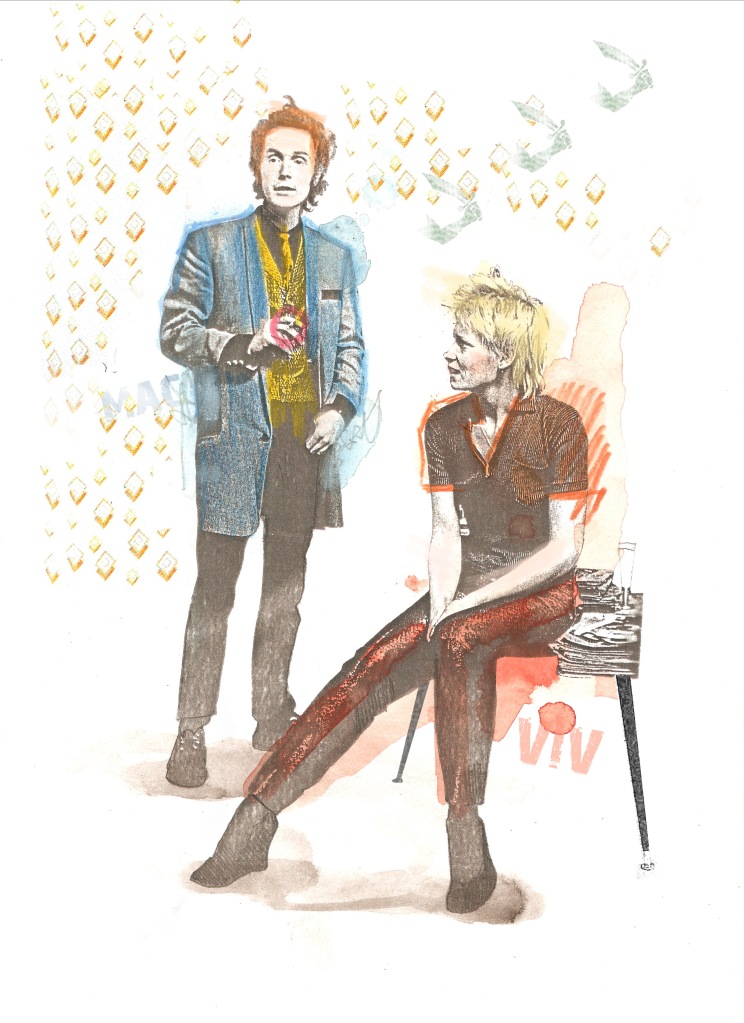
She may not have known how much this obsession [with Fashion] would become the backbeat to the rest of her own professional life. She describes his [Malcolm McLaren’s] encouragement, as they created the bleach, razored, prototype Punk hair, said to have influenced David Bowie, saying, “He took me by the hand and made me more stylish.”
Is trans-seasonal silver gel quite the answer?
CHANEL: delightful, dodgy, desirable. Her charm, eroticism, and magic, accessible in extravagant animation, and viral sensation, Dancing Fingers.
To show their range of autumn nail colours, Chanel enlisted a troupe of Bob Fosse-style dancing fingers to star in ‘Shade Parade’ film for Fashion shorts boom of 2011.
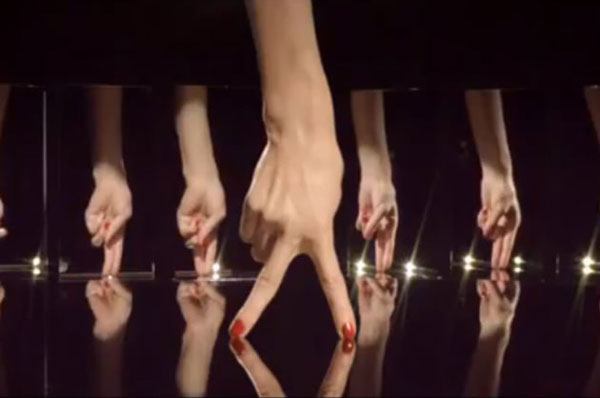
Happy Days …. with ‘Little Bitty Pretty One’ by Frankie Lymon and The Teenagers. Unless we were nervously woke and eco, all we needed was the retro feel of pearl necklaces and a spiral staircase!
Just now ‘silver as a trans-seasonal shade in Autumn’, will not quite hack it! Featured in WGSN as ‘sustainable,’ can Fashion up its game?
Business of Fashion is onto less glitzy throwaway angles. “Fashion’s efforts to woo young talent focused primarily on corporate jobs where remote work, wellness initiatives and higher salaries have proved helpful.” BoF sees everyone on the GenZ bandwagon.
Saying, ‘retail jobs, too, must evolve to offer greater financial stability, more creative and engaging responsibilities, with up-skilling opportunities for managers, and clear brand missions” [to stay relevant]
More reasons to bang the drum….Womens Wear Daily
In November 2010, WWD celebrated its 100th anniversary at the Cipriani in New York, with some of the fashion industry’s leading experts including designers Alber Elbaz, Ralph Lauren, Marc Jacobs and Michael Kors.
Its current on-line edition covers the waterfront, from celebrity to sustainability and back. Meanwhile looking ahead to Spring ’23 , designer Aitor Rosas, homages Jodie Comer’s ‘Villanelle’.

Butterfly flutter by…
We made mistakes in the 20th century. Who wouldn’t, with technology speeding everything up?
The 21st is even more dynamic and exciting but we can learn by thinking globally. Two great globalists, Issy Miyake and Hanae Mori have died this month, leaving legacies enriching lives across the planet, from East to West, probably, from North to South, too.
Making connections between the successful Japanese car market and Fashion in 2006, Akira Miura editor-at-large, Japan edition Women’s Wear Daily, expressed the idea that Hanae Mori, Yohji Yamamoto, Issey Miyake & Rei Kawakubo were the ‘dazzling’ designers who had encouraged ‘the cloistered world of high fashion to look East’.
A subtle Fashion invasion was taking off. Toyota introduced the Corona sedan to the US in 1965, just as Hanae Mori presented her first collection in New York. It was a critical and commercial success as her ‘Japanese aesthetics,’ blended with Western forms and went on sale at important department stores.
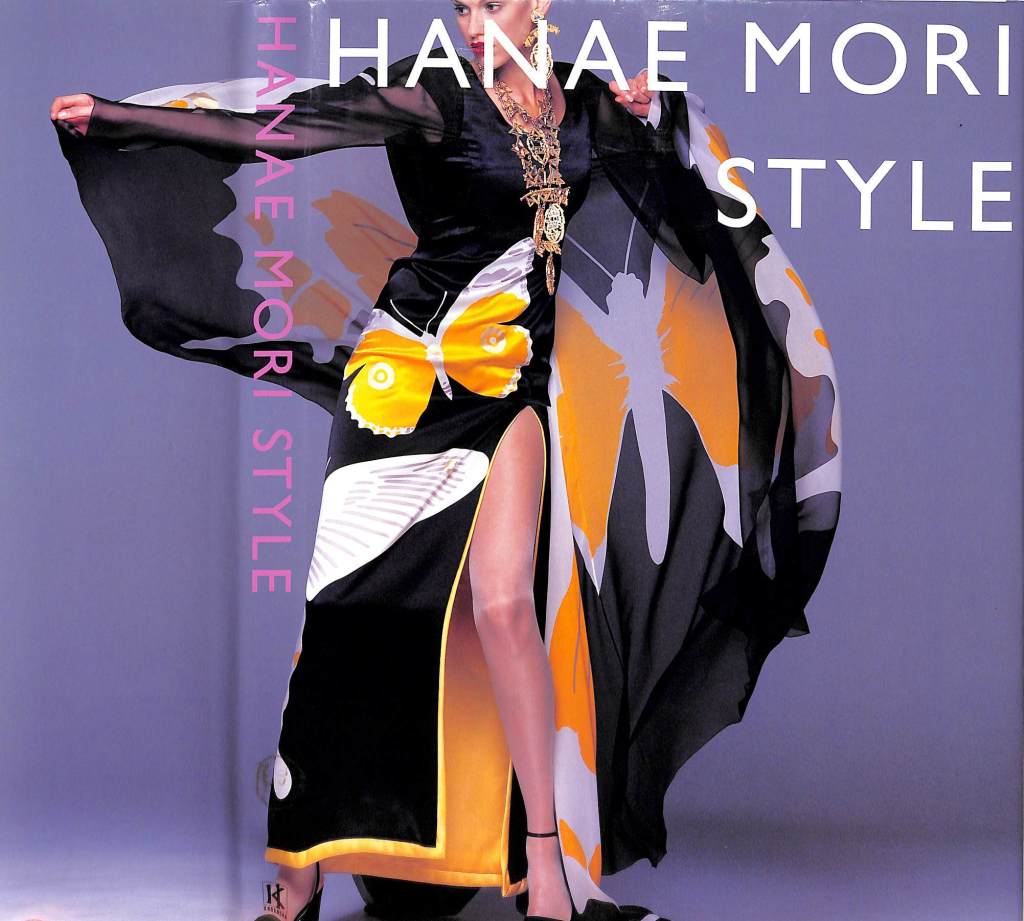
Akira Miura, ‘Four dazzling Japanese designers inspired the cloistered world of high fashion to look East’
Hanae Mori opened boutiques in New York and Paris and became the first Asian to join the exclusive Chambre Syndicale de la Haute Couture. Her reputation opened minds to the groundbreaking work and international style of later Japanese designers Issey Miyake, Rei Kawakubo and Yohji Yamamoto, whose creativity left ‘indelible impressions’ and indicated that, Asia could be a wellspring of inspiration, not just a base for textile mills and clothing factories.
Miyake’s stunning creations, ‘functional yet futuristic’ were frequently sculpted from a single piece of cloth. His influence spread to become a brand stamped on ‘luggage, home furnishings, even bicycles’.
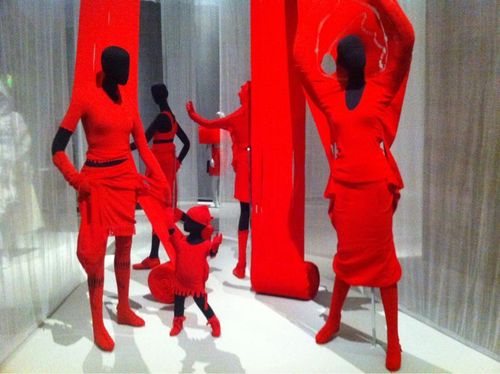
Writing of how Comme des Garçons became a global phenomenon, in the 1980s, Akira Miura tells of how Rei Kawakubo brought her austere garments to the Paris catwalks in 1981 where they were seen as ‘almost anti-fashion’. Together with Yamamoto, their influence was so far-reaching that since then Fashion is identified as either ‘before’ or ‘after’ Comme des Garçons. Kawakubo told Miura, in 2006, that after reviewing a substantial number of her earlier pieces there was much she would ‘happily discard’, which prompted the WWD journalist to conclude:
“In an industry where reinvention and change is the only constant, that very un-Japanese dissatisfaction with the status quo has been an indispensable trait for all four of Japan’s great fashion iconoclasts.”
Past, Present, and Future Beauty
‘Japanese fashion maverick Issey Miyake, famed for his fabric innovation and bestselling perfumes, has died in a Tokyo hospital at age 84.
The Miyake Design Studio and the Issey Miyake Group, said, in a short statement that he was “surrounded by close friends and associates” at the time of his passing.
There will be no funeral or memorial service, per the designer’s wishes.’ WWD

Women’s Wear Daily
‘Miyake founded his design studio in 1970 and made it synonymous with colorful, practical and innovative designs. He was one of the first Japanese designers to show in Paris and was part of a wave of designers who put the island nation on the international fashion map in the 1970s.’
Business of Fashion
‘Issey Miyake’s clothes were a multifaceted celebration of life: movement, energy, experience and an infectious joy that was rare in fashion.’
I had the tremendous luck and privilege to see Miyake’s dreamy, dramatic, breath-taking inventions alongside his fellow geniuses, Rei Kawakubo, Yohji Yamamoto, Junya Watanabe, during the magnificent ‘Future Beauty’ exhibition at the Barbican, Oct10/Jan11.

A funny thing happened on the way to the exhibition! When my students left our hotel, they told me they knew the way to the Barbican, so I let them set off without me.
I took a cab, partly because I’m always getting lost and partly because I’m often late. At the Barbican before them, they treated me like a character from AbFab, saying, “Of course you took a cab!”
The last present my sister, Ann Garland Charters, gave me before she died in 2018, was a bottle of L’eau D’Issey – delightful. Thank you, Ann, and thank you, Miyake.
Modernise or What?
At the beginning of the 21st century our relationship with Modernism is complex.
The built environment we live in today was largely shaped by Modernism. The buildings we inhabit, the chairs we sit on, the graphic design that surrounds us have all been created by the aesthetics and the ideology of Modernist design.

We live in an era that still identifies itself in terms of `Modernism’ as post-Modernist or even post–post-Modernist.

Modernism was not conceived as a style but a loose collection of ideas. It was a term which covered a range of movements and styles that largely rejected history, and applied ornament, and which embraced abstraction. Born of great cosmopolitan centres, it flourished in Germany and Holland, as well as in Moscow, Paris, Prague and New York.

It was the British Post Office, which signalled Mary Quant’s greatness; putting a little black dress on one of a series of stamps, celebrating 50 years of Modern design in 2009. No one was more surprised than Mary Quant when she found herself in the company of celebrated 20th century Modernists.
Modernists had a utopian desire to create a better world. They believed in technology as the key means to achieve social improvement, and in the machine as a symbol of that aspiration. All of these principles were frequently combined with social and political beliefs (largely left-leaning), which held that design and art could, and should, transform society.
Let’s carry on leaning to the Left …………
Georgio Armani Men’s Collection Winter/Fall 2021
UMBERTO ECO grew up under Mussolini’s fascist regime, which “was certainly a dictatorship, but it was not totally totalitarian, not because of its mildness but rather because of the philosophical weakness of its ideology. Contrary to common opinion, fascism in Italy had no special philosophy.”
It did, however, have style, “a way of dressing—far more influential, with its black shirts, than Armani, Benetton, or Versace would ever be.”
The dark humour of the comment indicates a critical consensus about fascism. As a form of extreme nationalism, it ultimately takes on the contours of whatever national culture produces it.

8. Notorious Bricolage! (1940)
IN the movie, ‘Gone with the Wind,’ (1939) Scarlett O’Hara (Vivien Leigh) insists that her Mammy should turn her dead mother’s green velvet curtains into a fashionable dress to visit Rhett Butler (Clark Gable) in jail.
20th century cinema audiences gasped in horror as Scarlett rips the drapes from the elegant windows at Tara. The action became the most celebrated moment of invention, of make-do and mend, in the 1940s, chiming as it did, with women who knew how to make knickers, out of parachute silk!

“I’ll never recover from that first look,” David Selznick told his friends after he saw Leigh emerge from the embers of the ‘Burning of Atlanta’ set, costumed and made up to land the part of Scarlett O’Hara. As a snob and producer of the century’s most successful movie, he recognised that this instant would be life changing in his bid for Oscar winning glory.
Moments like this are at the heart of spectacular revolutions in the worlds of Art and Design, when lightening flashes of inspiration stir imaginations to begin spellbinding journeys to fame and fortune.
Women watching the movie say of Scarlett O’Hara, she is ‘powerful’ first and ‘beautiful’ second. She is determined to save Tara, her family’s cotton-growing estate in Georgia and like American pioneers was prepared to kill to defend her property.
To succeed, she has to take on male values and use her femininity to negotiate a power base while ceaselessly seeking the sexual fulfillment at the heart of the film’s romance.
She rips down her mother’s curtains to have them modeled as impressive, luxurious clothes to visit prison-bound Rhett Butler. She needs to borrow money to pay the taxes on Tara. It is not just an interesting piece of bricolage, Katie Scarlett O’Hara Hamilton is making ready to attack male bastions of barter and commerce with trappings of fetish and desire.
At the beginning of the 21st century, Camille Paglia leads a new generation of ‘Equity Feminists’ who are keen to throw off the acrimony between the sexes which began in the 1950s. While supporting equality before the law and the removal of obstacles to women’s advancement she also opposes special protections for women.
Paglia maintains that her reforming wing of Feminism is growing and gathering momentum from younger generations who are not in sympathy with judgemental, anti-pleasure, 20th century Feminism. It is my belief that the character of Scarlett O’Hara, supported by Rhett Butler in the film Gone With the Wind, is the prototype for our post-Feminist woman and that the film set the scene for romantic, feminine, provocative dress, emphasising the differences between men and women’s body shapes.


Lives lived and loves lost
“Mummy, Mummy, I can spell princess…what did the little girl on the Wirral bus think she could do with such a skill? Her mother who liked the Duke of Edinburgh because he was Greek, couldn’t think either. Nevertheless she took her to see Princess Elizabeth’s wedding dress when it went on tour round the UK.
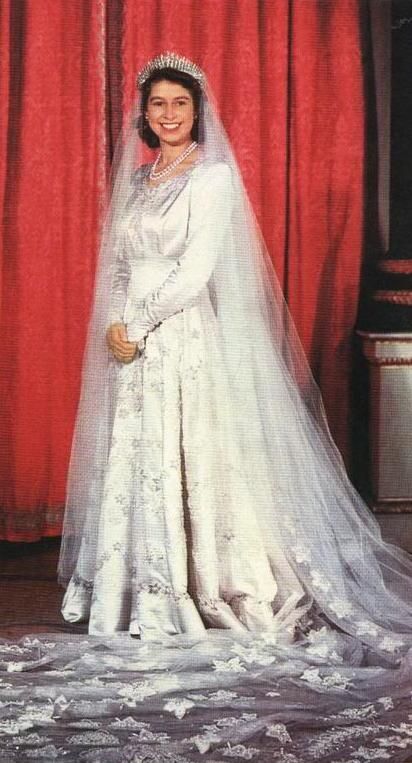
Should girls be told about princesses? Disney couldn’t make much money without royal romance being set up in fairytales!
Hollywood creates myths yet it sometimes dispels them. In 1953 Audrey Hepburn’s role in Roman Holiday began modernising royalty and the aristocracy. As the hookey-playing European princess, Hepburn’s character, took control of her own image, showing how clothes give clues to status; encouraging women to use home dressmaking in the class struggle.

The movie deals with notions of celebrity and public image. Through the eyes of the young Princess Ann (Hepburn), we see the difficulties and restrictions of being head of state, always in the public eye.
Queen Elizabeth’s sister Princess Margaret understood this only too well. Her private life was controlled, like her sister’s and her brother-in-law’s and by breaking out, rather, she probably led a more exciting, but briefer, life than either of them.
As a journalist I first met HRH Margaret, attending a Haberdashers’ Aske’s School’s celebration in Cheshire. I witnessed two extraordinary actions. A nervous teacher in the line-up decided to speak out about some unfairnesses she felt she was being dealt. I thought there was going to be the most dreadful embarrassment. I hadn’t banked on the diplomacy of royalty. Without catching breath the princess said, “Have you spoken to anyone about it?” Later watching a science lesson on static electricity, HRH turned to me, saying, “Ah Yes, sometimes my children run up and down on the carpet, then give me quite electrifying kisses!” As a motorbike pillion passenger, marrying a photographer kind of princess, this everyday life was obviously treasured by her.
Next time we crossed paths it was at a Northern Ballet Theatre lunch in Spring Hall, Halifax. I wasn’t surprised as I watched her smoking and chatting, relaxed, while everyone else didn’t dare look at anyone else in case they caught the wrong eye!
Prince Phillip’s death will be even sadder for the Queen than many of us can imagine. It will bring back the sadness she feels about Margaret, her baby sister. The Princess and the Duke were both a bit alike, whimsical, rebellious; modernising forces, just when needed.
